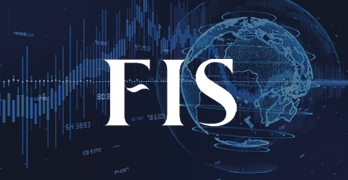FBX Index June: Looking forward

May saw an explosion in what was an already volatile market across all of the FBX trades. Most of the focus for FIS remained on the core front-haul, however the dynamic nature of price changes on the transpacific route saw a growth in interest from US businesses nearer the end of the month. This follows the last round of US stimulus and its impact on heavy import demand.
Further down, June and July have become distinctly bullish following aggressive physical price surcharges from mid-June onwards threatening to force prices back up, pushing the FBX01 forward curve into a steep contango until the end of July.
On the transpacific routes, we saw a persistent oscillation of rates that had seen equally sharp correction in forward curve prices, FBX01 Jun21 offered at USD 5,020 on 6 May, pushing back up to USD 5,200 on 11 May, and then all the way up to USD 6,100 on 18 May following a spot rate spike of USD 203, before sinking back down to USD 5,800 following an erosion of the spot level. Further down, June and July have become distinctly bullish following aggressive physical price surcharges from mid-June onwards threatening to force prices back up, pushing the FBX01 forward curve into a steep contango until the end of July.
Asia to Europe has been moving largely in one direction since mid-April, with FBX11 gaining 27.95% from the start to the finish of May21. Unlike some of the oscillation we saw on the transpacific trade, the consistent upwards direction of FBX11 and FBX13 saw aan increase in value of FBX11/13 Jun21 and Q321 contracts, with Jun21 being priced in very high quite early, FBX11 offered in at USD 11,000 whilst the spot price was still at USD 9,871 on 27 May. We have since seen index rates breach the USD 10,000 mark on both FBX11 and FBX13 following a creeping impact of the Suez Canal, compounded by maxed out capacity and supportive demand. We have also seen basis maintained for some of the respective destination ports, the UK still seeing around a $1,500 premium on FBX11 up until the end of the month.
Further out, key fundamentals to watch remain the growth in ship ordering, with Chinese ports seeing an explosion in ordering in the first four months of the year. This collides with demand that keeps on stretching out month over month, forcing forward prices up and slowly weakening what had been a steep backwardation up until the Suez incident. Fuel prices have also slowly risen, with continued activity in emissions trading – decarbonisation remains an important factor that will either support rates or add risk to ocean liners and their customers moving forward.
About Peter Stallion, Head of Air and Containers, Freight Investor Services
Peter Stallion heads up the Air and Container Freight desks at FFA brokerage Freight Investor Services. He started his career in air freight chartering, and has a passion for emerging risk management markets and the logistics industry.
Receive monthly container market reports direct to your inbox.